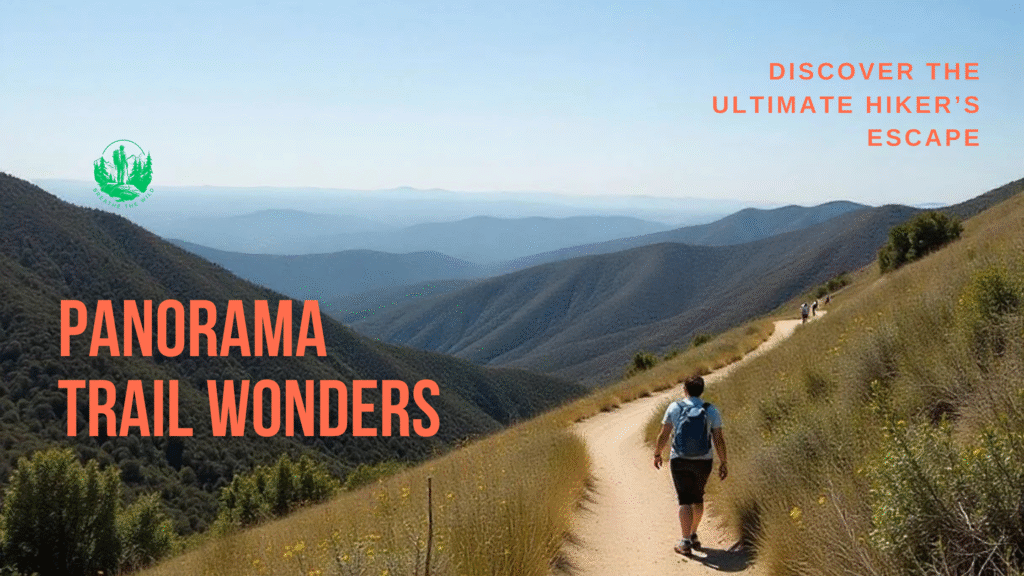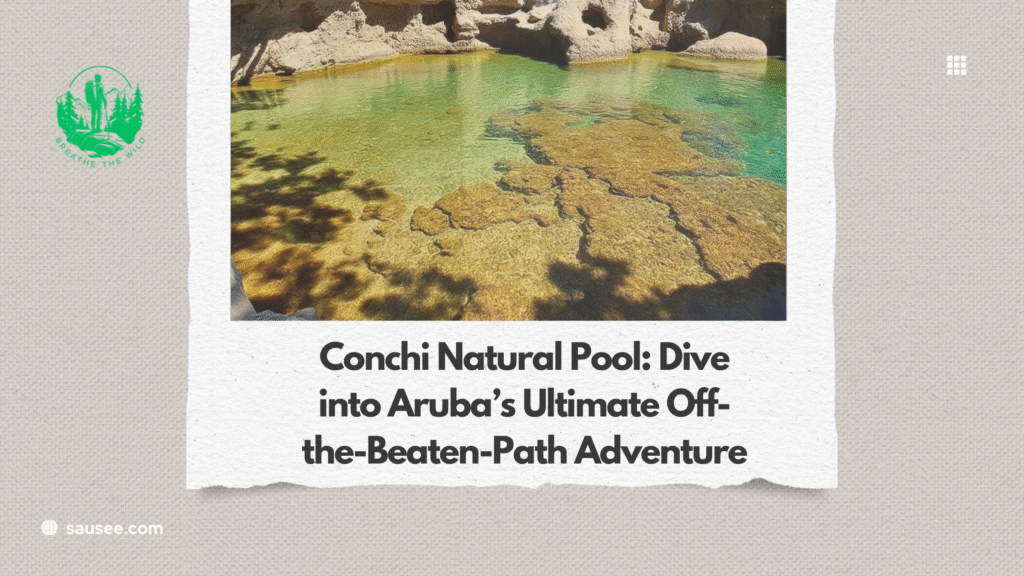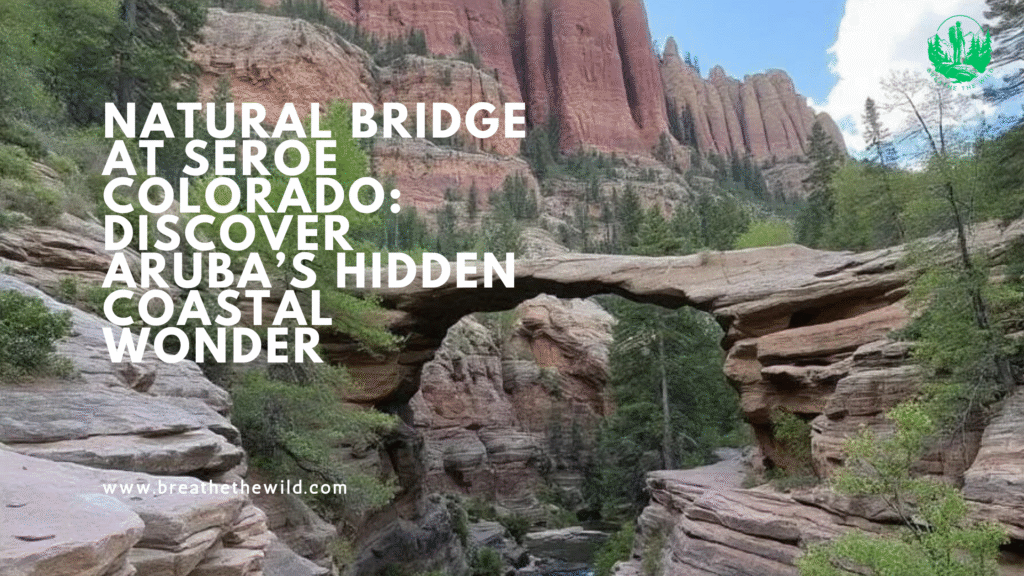Table of Contents
Introduction: Why Panorama Trail Is a Must-Do for Every Nature Lover
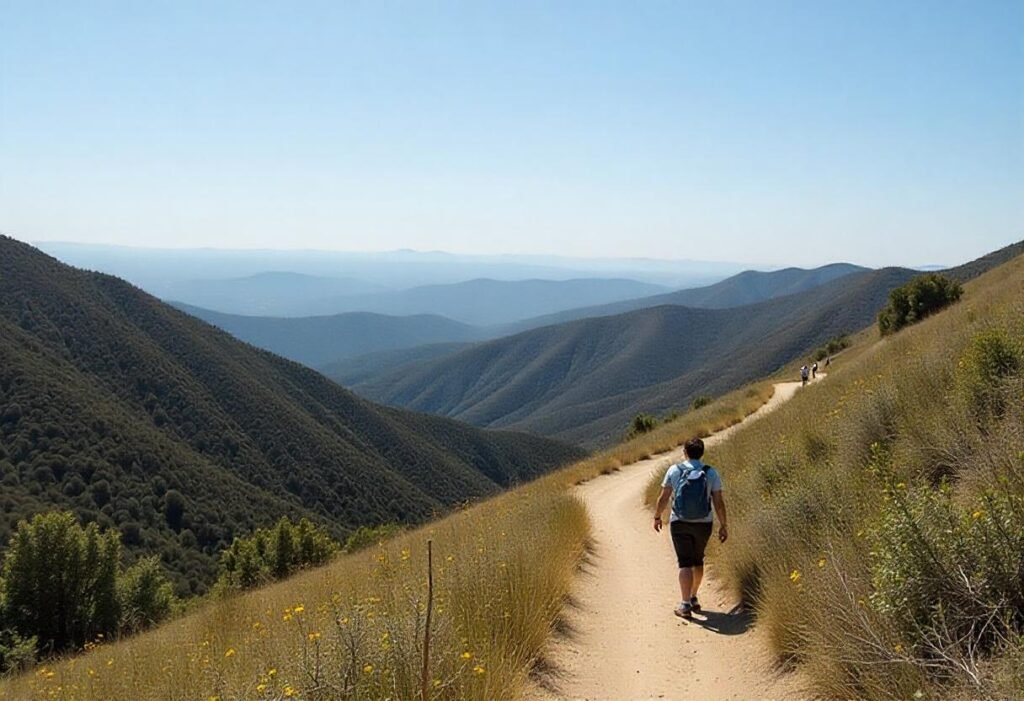
As you sit down day-dreaming of the hiking trail that would bring you marvelous views, rumbling cascades, and that tingling feeling at its wildness, I should mention one of the adventurous hiking trails in Yosemite National Park: the Panorama Trail. This trail, as a hike to one of the most beautiful places in the park, is commonly named, also does not turn out to be a disappointment to its name: this hike is a breathtaking glimpse of the granite cliffs, the cascade of the falls, and mighty Yosemite Valley itself.
Panorama Trail is not exactly a way along the forest; it is a treasure path among the most emblematic landmarks of the American West. The journey takes one mile at a time, and each mile has something progressive and amazing. No matter how you do it, whether you are an experienced hiker or a first-timer who is turned on by the idea of such adventure, this trail guarantees the kind of experience that will honey-coat your tongue and have you wanting to hike it again.
That said, in this guide, we will go over everything you need to know about Panorama Trail, including must-see attractions, tips to at least try to make it as safe as possible, what to bring, and the best time to visit. So, without further ado, let us get down to business and find out the reasons as to why this trail is deemed the best escape in the world by hikers as well as nature lovers.
What Is Panorama Trail? A Scenic Journey Through Yosemite’s Best
Panorama Trail is an iconic and one of the most rewarding trails at Yosemite National Park. Landscape, natural structure, and context are dramatic in the emotional cocktail of the place. The trail is roughly 8.5 miles (13.7 km) to and leads down to the valley floor and through a variety of spectacular scenery and sights.
The altitude loss is actually rather significant (nearly 3,200 feet), so the path does admittedly have a downward gradient, but that does not tell the whole story. It is very rocky, with numerous switchbacks and elevation gain to make it moderately difficult. The route is a mixture of tine forests, granite canyons, waterfalls crossings, and open overlooks that provide you with a front-row seat to the untrammeled beauty.
The Panorama Trail lies within Yosemite National Park, and is a branch of an extensive system of routes famous globally, but the views it offers are a name. It is unlike many other walks in that it links together several features, which are in themselves hiking experiences, into a single amazing day walk. This backward and forward visual reward is what makes Panorama Trail a worthy hiker getaway.
Starting Point to Finish Line: Trail Access and Route Overview
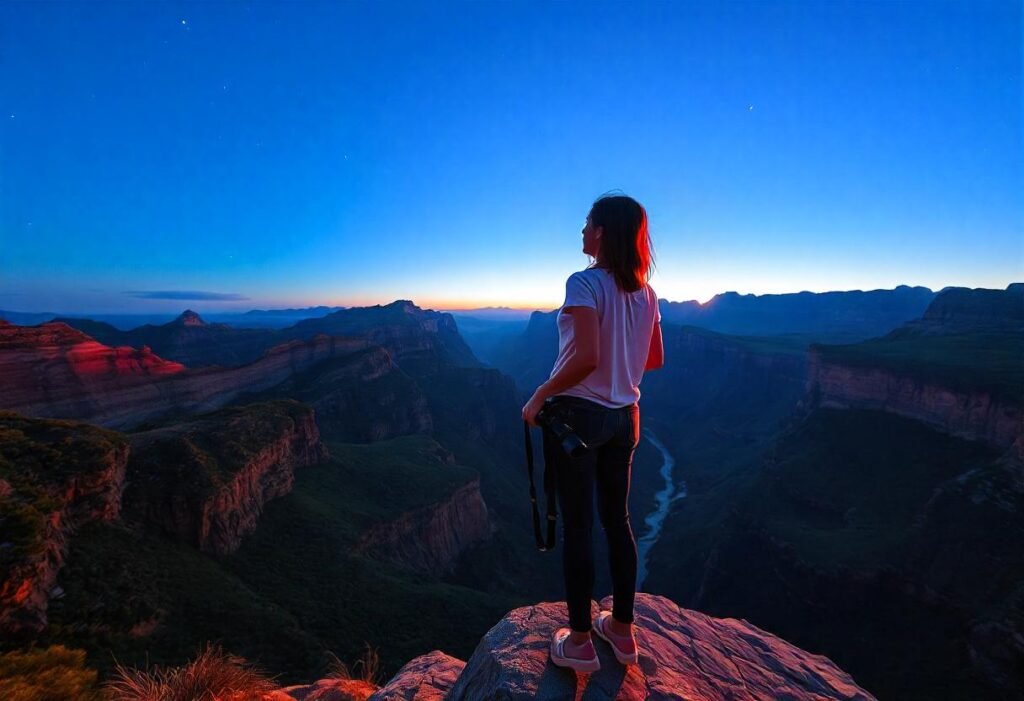
Most of the hikers begin at Glacier Point, which is one of the scenic viewpoints in Yosemite. It lies at 7.200 feet above sea level, above the Yosemite Valley, Half Do, and other mountains that are located around it. Such commencement predetermines the further course of the trip as epic, high, and entirely memorable.
The trail begins at Glacier Point and gradually winds down past the waterfalls and cliff views before then meeting up with the Mist Trail or John Muir Trail at Kingdom Falls and Vernal Fall. It ends at the floor of the Yosemite Valley in the Happy Isles area that can be reached by shuttle or on foot at most of the accommodations and campgrounds.
In case you are driving, remember that Glacier Point Road is seasonal and mostly it opens from late May till October, depending on snow. Many visitors opt to drive to Glacier Point early in the morning, hike one way along the trail, and take a shuttle back in the Yosemite shuttle system. Others turn around or turn it into an out-and-back, but that is more of a physical strain as it involves going up on the way back.
A well-organized transport alternative is critical to not overstressing yourself and experiencing the entire beauty of the Panorama Trail.
Must-See Highlights Along the Panorama Trail
The spectacular appeal of Panorama Trail is the number of big attractions it can offer within a single hiking trip. You do not have to be at either the waterfall or the views of mountaintops because you can have them all.
- Glacier Point
- Begin by cycling with one of the best sights in the whole national park. Glacier Point has a panoramic view of the Yosemite Valley and Half Dome, as well as the High Sierra. Even before you get to the trail, you start taking breaths at its breathtaking site.
- Illilouette Falls
- In the middle of the hike, you walk over a bridge offering the views of the Illilouette Fall, an often overlooked, yet humungous, stunning waterfall hidden in a granite ravine. This is a good spot to rest, have a snack, and enjoy the sound of rushing water.
- Nevada Fall and Vernal Fall
- At the end of the trail, there are two extremely strong and renowned waterfalls that await you at Yosemite. The sheer noise of the Nevada Fall is very inspiring as well as humbling at the same time, and Vernal Fall will send chilled freshness down your skin as you get nearer to the valley.
- Mist Trail Connection
- When you descend into the lowest parts of Panorama Trail, you have the option of joining the Mist Trail, which has sharp stone stairs and d close encounter with Vernal Fall. You may even get wet-but that is the swing of it. Then just take care of slippery surfaces and hold tightly to the railings in case you are going to use them.
Epic Photo Opportunities You Don’t Want to Miss
Photographers and nature lovers can consider the Panorama Trail a dream come true. There are new vistas of the well-known Yosemite landscapes with every turn and bend of the trail. Wherever you are filming – be it a DSLR or even with your phone, this is where to point your camera to.
- Sunrise Places and Sunset Spots
- Glacier Point is a great place to start your hike. Seeing a mouth-dropping sunrise in Glacier Point is worth it. The light of the morning descends on Half Dome and the valley, looking yellow, providing soft and warm colors that one can use in taking landscape photographs. Hoping to hike late? Sunset on the trail at higher elevations, particularly along Illilouette Ridge, is also beautiful with dark shadows and lighted-up granite cliffs.
- Half Dome / Yosemite Valley Best Angles
- Along the Panorama Trail are unusual and hard-to-see views of Half Dome that can only be seen at elevation. See expansive panoramas a short way past Glacier Point, and indeed at the point of descent leading down to Nevada Fall. These viewpoints give you the ability to capture the whole valley and granite giants in a single panoramic shot.
- Tips to capture the waterfalls and wildlife
- Photographically, to capture a photograph of the Nevada Fall and Vernal Fall, set the shutter speed faster to freeze action–or slow the shutter speed to give a silky appearance. Watch out for the fringes and slick rocks. You may also find deer, squirrels as well and birds along the trail. Carry a zoom lens or in phone tele-mode shooting to move freely without scaring animals.
Check Out: Lands End Trail Adventure: Discover Breathtaking Views & Hidden Wonders.
Trail Safety Tips Every Hiker Should Know
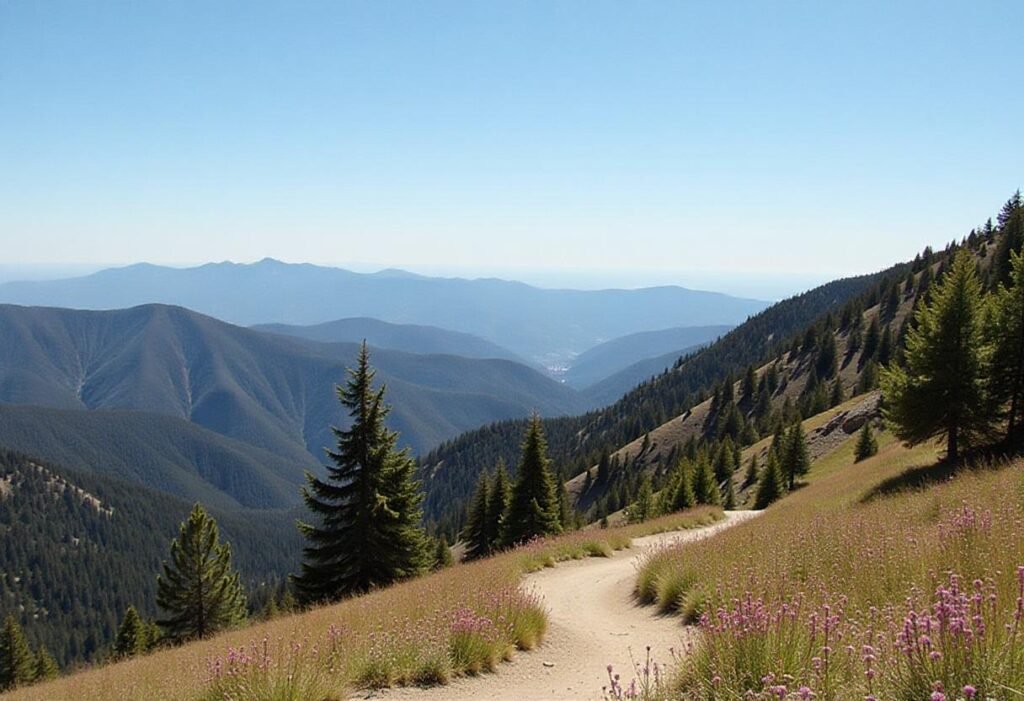
The Panorama Trail is so beautiful, just as it is intense. It is not strictly a technical hike, but there are places where care must be taken absolutely. Being safe keeps you enjoying every mile without taking a risk.
Slippery areas and Ravines Create High drop-offs.
A lot of the trail follows cliffs or is closedrop-offs. Be on the marked path and do not make any efforts to leap over fences and barriers to get a better picture. Rocks around waterfalls may be very slick. Be careful here.
Maintaining a Sharper Sense when around Waterfalls
As you move toward Nevada Fall and Vernal Fall, the louder and more powerful the water becomes. The mileage of the Mist Trail will be very wet and slippery in the seasons of peak flow. Work handrails where there are and be careful not to race down steep hills.
Seasonal Hazards to Watch For
- Spring snows can cause mountain run-off and muddy trails.
- Hikers should be prepared to be dehydrated by summer heat- start early and drink lots of water.
- Snow or maintenance closures are not uncommon, notably of Glacier Point Road. Check the official Yosemite web page to know the current conditions before you go.
Conclusion: Find Your Peace, Power, and Perspective on the Panorama Trail
When it comes to a prime Yosemite hike that perfectly encapsulates the essence of the park, its towering rock faces, cascading waterfalls, serene forest, and incomparable vistas, the Panorama Trail is both the hike and then some. It is not just a hike, it is a memory not able to be forgotten, which is associated with nature and, at the same time, with physical endurance, and happenings of profound peace.
Beginning well above the valley floor and winding your way through some of the most recognized scenery in the park, this is not an everyday, run-of-the-mill trail, but one made by those individuals who really want a journey—meaning more than just a snapshot. Regardless of whether you are trying to complete the chasing waterfalls, are keen on epic landscape photography, or simply want to find a touch with nature, the Panorama Trail will provide you with a trail experience unlike anything you have encountered before.
Be clever on how much to pack, route, and be ready to be awed. Panorama Trail is waiting to make you see the greatest theme that Yosemite has to offer, step by breathtaking step.
For more info: Click Here.
Frequently Asked Questions
1. Is Panorama trail safe? Is it difficult? Is it suitable even for a beginner?
Panorama Trail is characterized as strenuous. Even though, as you set off, most of the path will be downhill since you are taking the hike from Glacier Point, the distance involved (8.5 miles) together with the altitude insults might pose a hurdle to novices. However, it could be managed with ease when there is proper preparation, pace and rest.
2. Can Panorama Trail be hiked the whole year?
Not in the summer it is best in late spring to early fall to hike the trail. In the winter and at the start of spring, Glacier Point Road is closed due to snows. A trip to Yosemite has to be followed by ensuring that you are informed about the official updates in Yosemite in order to be pre-informed of what to expect.
3. Does the Panorama Trail have a permit?
Day hiking along Panorama Trail does not require a wilderness permit. However in order to enter the national park you must shell out the national park entry fee in Yosemite National Park unless you have a yearly pass or a life time pass. Overnight camping in the wilderness along the trail does require a wilderness permit.

